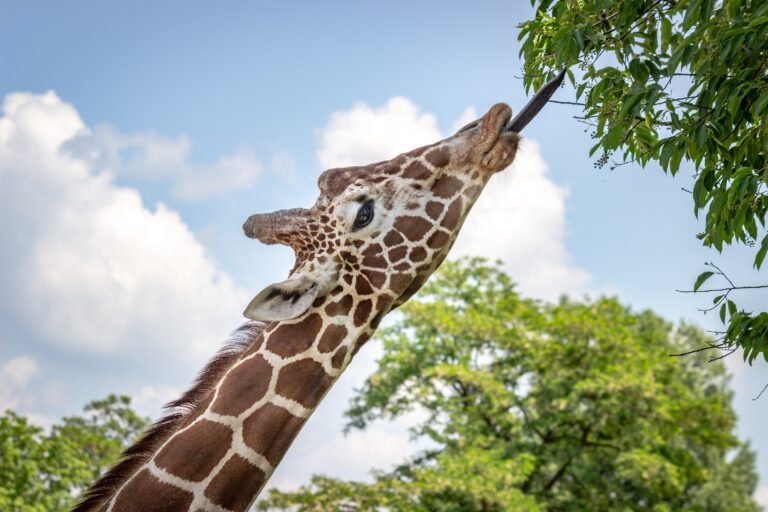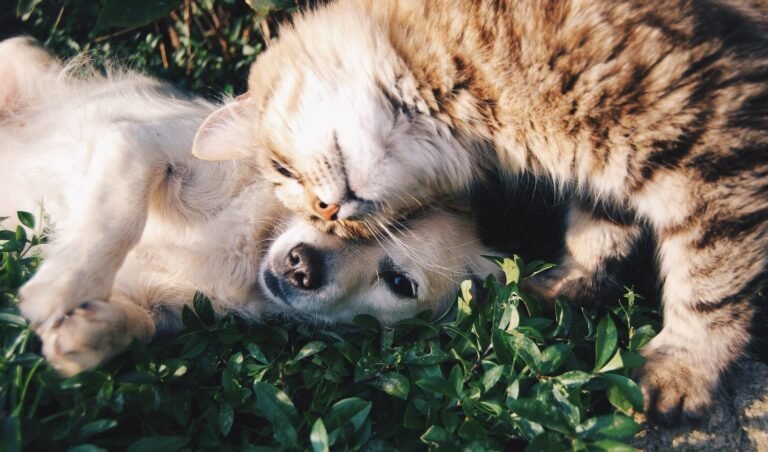Interesting facts about alligators

An Alligator is a crocodile of the rubric ‘ Alligator ’ of the family ‘ Alligatoridae ’. Alligators are large, semi-aquatic carnivorous reptiles with four small legs and veritably long tails. The tail is half the total length of the beast. The tails of alligators help propel them snappily through water and are used to make pools of water during the dry season, called “ alligator holes ”.
The tail also serves as armament and stores fat that it’ll use for food during the downtime. These creatures are cold– thoroughbred( ectotherms) and like utmost reptiles, they don’t produce their body heat. Alligators gain body heat by reposing in the sun and moving between warm and cold places.
Like numerous reptiles, are ‘ plantigrade ’. This means that they walk with flat bases. On land, they can run and move veritably presto, but only in short bursts.
There are two living species of alligators:
The American alligator( Alligator mississippiensis) is set up only in the southeastern part of the United States – Gulf of Mexico, Texas, Oklahoma, Louisiana, Mississippi, Alabama, and Florida as well as in Arkansas, Georgia, and Carolina. The maturity of American samples lives in Florida and Louisiana. In Florida alone, their population is estimated at further than one million. The United States is the only country in the world where alligators and crocodiles live side by side. The American alligator lives in brackish surroundings, similar as ponds, morasses, washes, gutters, and wetlands.
The American weighs a normal 350 kg and is about 4 measures long. The largest alligator recorded in Florida was 5 measures long. The largest instance ever recorded in the world measured nearly 20 bases and was set up at Marsh Island, Louisiana. Many giant samples were counted, but the largest could have counted over a ton. The Chinese alligator is lower, infrequently exceeding 2 measures in length.
The Chinese alligator( Alligator sinensis) is an exposed species set up in the lower Yangtze receptacle of China. Alligators live substantially in fresh or brackish water, in wetlands, morasses, conduits, and lakes. It’s estimated that there are only about twenty left in the wild.
There’s much further to zoos around the world than to nature.
Alligators are occasionally confused with crocodiles because they’ve analogous shapes, characteristics, and geste. still, they can be distinguished by the following difference
They have a shorter “ U ” shaped nib. Their upper jaw is wider than the lower jaw, lapping. Their lower teeth are most frequently hidden when their mouth is closed and fit into the depressions of the upper jaw. Their swab glands aren’t functional and their sensitive recesses are only located near their jaws.
Crocodiles have a ‘V-shaped, longer conk. Their upper jaw is about the same size as the lower jaw and their lower teeth are displayed outside the upper jaw when the mouth is closed( most conspicuous is the huge fourth tooth).
Their upper teeth are located outside the lower jaw. Their swab glands are located on their speeches and excrete redundant swabs. Their sensitive recesses are located over the utmost of the body.
The two surviving species of Alligator also tend to be darker in color than the Crocodile, frequently nearly black. still, the color depends a lot on the water. Algae-laden waters produce greener alligators while alligators from waters with a lot of tannic acids from overhanging trees are frequently darker( although the Chinese alligator has some light patterns).
The eyes of a large Alligator will glow red and those of a small Alligator will glow green when a light is shined on them. This system can be used to find alligators in the dark.

ALLIGATOR BEHAVIOR
Large manly alligators are solitary and territorial reptiles. The lower bones are frequently set up in large figures close to each other.
The larger of the species( manly and womanish), will defend their preferred home while the lower alligators have a lesser forbearance.
Although they’ve heavy bodies and slow metabolisms, they’re able to short bursts of speed that can exceed 50 kilometers per hour. Alligators quest for lower creatures that they can kill and eat in one bite. They can also kill larger prey by grabbing them and dragging them through the water to drown them.
Alligators consume food that can not be eaten in one bite by letting it rot or smelling into it, also twirling or agitating it hectically until it tears into small pieces. This is called the “ death part ”. utmost of the alligator’s jaw muscle is for smelling and grabbing prey. The jaw-opening muscles are fairly weak. thus, an adult joker can hold an alligator’s jaw shut with his bare hands.
DIET
They are nightly and feed substantially at night. The youthful feed on insects, shrimps, draggers, small fish, tadpoles, and frogs. Grown-ups feed on fish, catcalls, turtles, other reptiles, and mammals. Alligators swallow their prey total. Their conical teeth are used to catch the prey, not to tear it. Alligators have about 80 teeth and when it loses a tooth it grows back.

THE MODE OF REPRODUCTION OF ALLIGATORS
Alligators don’t incubate their eggs, which are laid in nests, as this will crush them. Rotting foliage in the nest warms the eggs.
The temperature of the nest determines the coitus of the young. However, the embryo will be manly; temperatures below 30 degrees Celsius will give womanish embryos If the eggs are incubated above 34 degrees Celsius.
Between these temperatures, both relations are present. The natural rate at hatching is five ladies to one joker. The eggs door in two months, producing babies about 15 centimeters long. The womanish defends the nest against bloodsuckers. A group of babies is called a “ cover ”. The lady will cover the youthful for about a time. Alligators are among the most motherly reptiles.
The average lifetime of an alligator is around 35 to 50 years, but it’s said to live outside of 80 years.
HISTORY AND EVOLUTION OF ALLIGATORS
Crocodyloforms (the group encompassing crocodylians and other similar but extinct reptiles) evolved during the Triassic period, around 248 million years ago.
Crocodiles (a group that includes alligators, crocodiles, gharials or gharials, caimans) appeared in the Cretaceous, around 98 million years ago, towards the end of the Mesozoic era, the age of reptiles.
Deinosuchus (meaning ‘terrible crocodile’) was the largest crocodile, measuring up to 15 meters (50 feet) long. He lived at the end of the Cretaceous (about 146 to 65 million years ago).
This carnivore lived on the shores of the large shallow sea called the Tethys Sea, which covered much of North America. It survived on fish and possibly some species of dinosaurs. Very few Deinosuchus fossils have been found.






